Are you looking to make your mark in the freelance world? Crafting a compelling proposal is your first step toward winning that dream project. A well-structured freelance work proposal not only showcases your skills but also builds trust with potential clients. If you're curious about the essential elements to include and tips for writing an irresistible proposal, keep reading for expert insights!

Clear Introduction and Personalization
Freelance work proposals require clarity and personalization to effectively capture the client's attention. Each proposal should begin with a concise introduction, outlining the freelancer's background, area of expertise, and relevant experience. Personalizing the proposal by acknowledging the client's specific needs, project details, and goals is essential. Mentioning the client's industry, such as technology, marketing, or design, adds a layer of relevance. Highlighting previous successful projects with similar clients can also instill confidence. Tailoring the tone to match the client's style, whether formal or casual, enhances connection and engagement. This approach not only demonstrates professionalism but also signals a genuine interest in contributing to the client's success.
Detailed Project Understanding and Scope
Freelance project proposals require a clear understanding of project requirements and deliverables, essential for ensuring client satisfaction. A comprehensive project understanding includes identifying objectives, target audience, and desired outcomes. The project scope details tasks, timelines, and milestones, outlining specific responsibilities to avoid scope creep. Including clear communication channels and regular updates fosters transparency. Tools like Trello or Asana can assist in project management, ensuring all stakeholders are aligned. Furthermore, defining success metrics (such as key performance indicators) enables evaluation upon project completion. Such diligence in details strengthens the foundation of a professional relationship and enhances collaboration.
Highlight Relevant Skills and Experience
Freelancers often leverage specific skills and past experiences to attract clients. For instance, a graphic designer might emphasize proficiency in Adobe Creative Suite, showcasing projects completed for well-known brands like Nike or Apple. This designer could detail a project from 2022 where they revamped branding materials, resulting in a 30% increase in customer engagement for the client. Additionally, highlighting experience in project management, such as leading a team to meet tight deadlines during a 12-week campaign for a tech startup, can further demonstrate the freelancer's ability to deliver quality work under pressure. Such tangible examples can significantly enhance credibility and attract potential clients.
Proposed Timeline and Milestones
Proposed timelines play a crucial role in the success of freelance projects, influencing both client satisfaction and project delivery. Establishing clear deadlines allows for organized workflow management. Key milestones such as project kickoff (date), first draft submission (usually 1-2 weeks later depending on project scope), and final revisions (typically 1 week post feedback) ensure timely progress checks. Clients in various industries, like graphic design or web development, appreciate transparency. Utilizing project management tools, such as Trello or Asana, can enhance collaboration and communication. Important to accommodate potential delays like design revisions or client feedback, allocating buffer time maintains a successful timeline.
Transparent Pricing and Payment Terms
Transparent pricing ensures clients understand freelance rates, which may include hourly fees or project-based costs. Freelancers typically establish payment terms upfront, outlining deposit percentages and payment milestones. Clear documentation helps prevent misunderstandings. For example, a common approach involves a 30% upfront deposit, followed by payments at key project phases, with total project costs ranging from $500 to $5,000 depending on complexity. Communication through invoices can detail each service rendered, making it easier for clients to manage budgets. Additionally, payment processing deadlines should be clearly indicated, with options for PayPal or bank transfers, allowing seamless transactions.

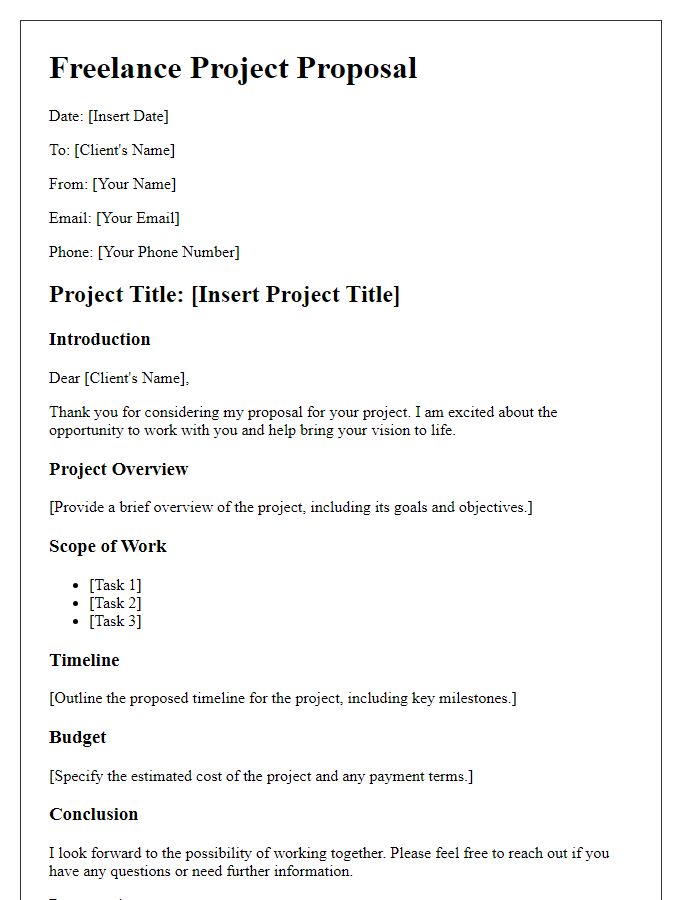
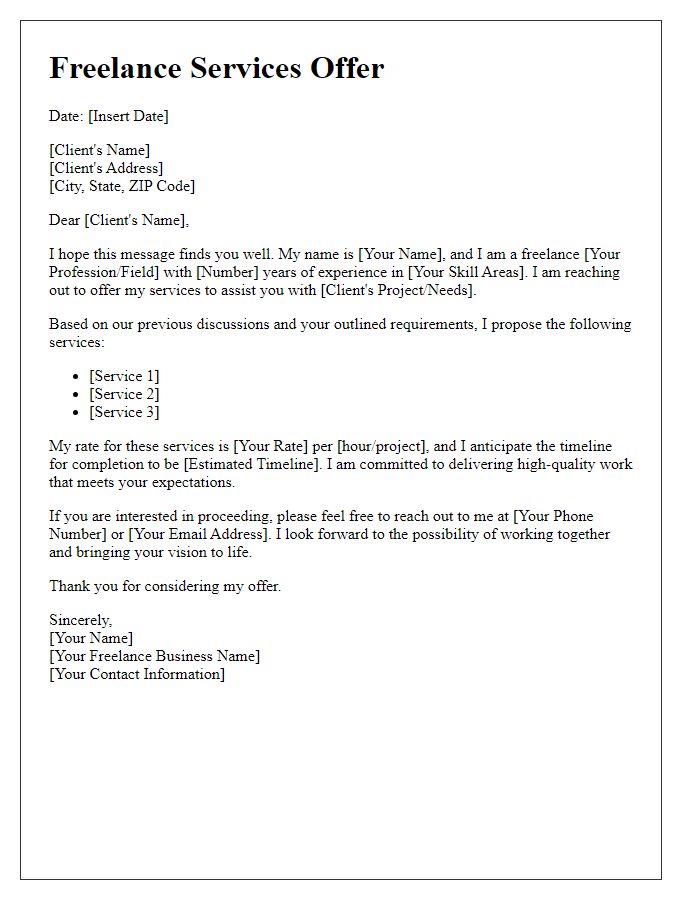
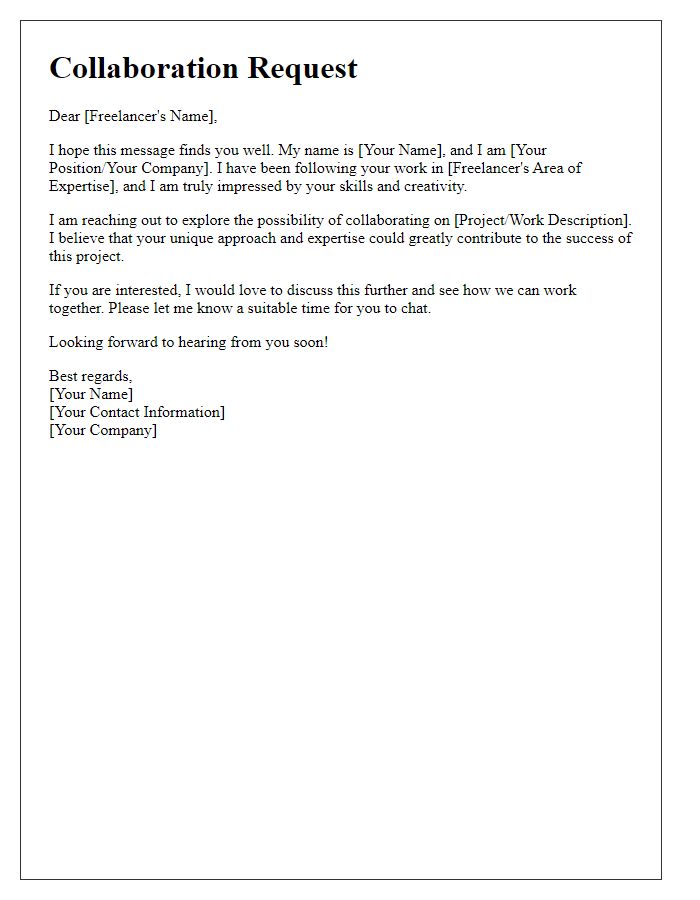
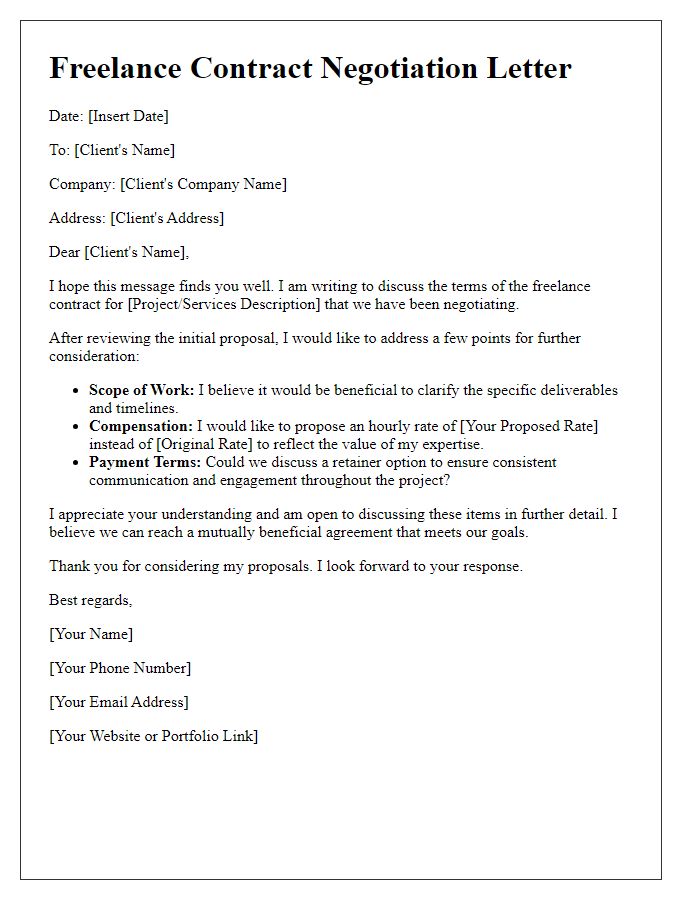
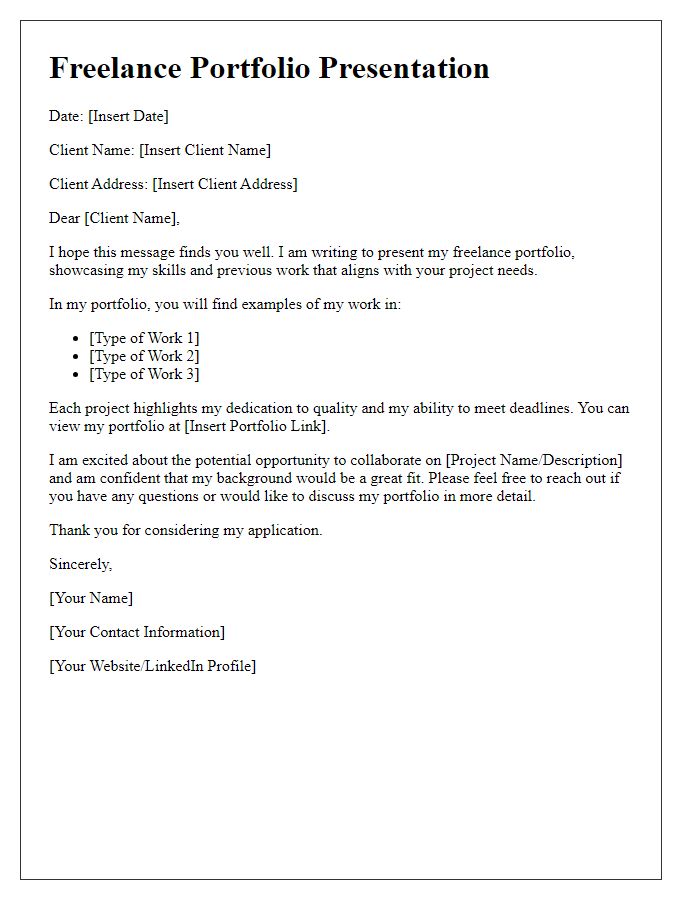
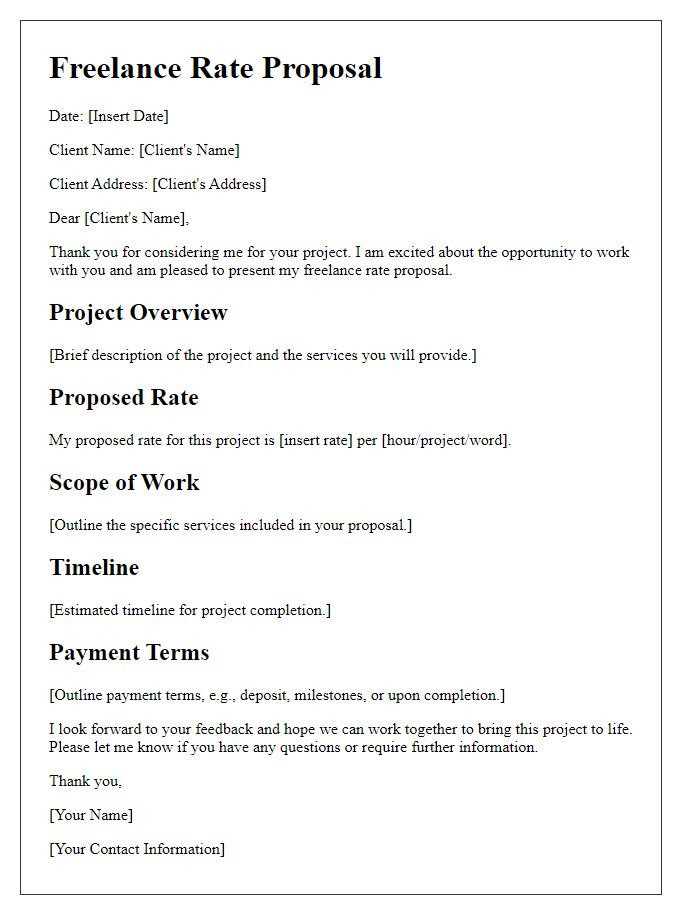
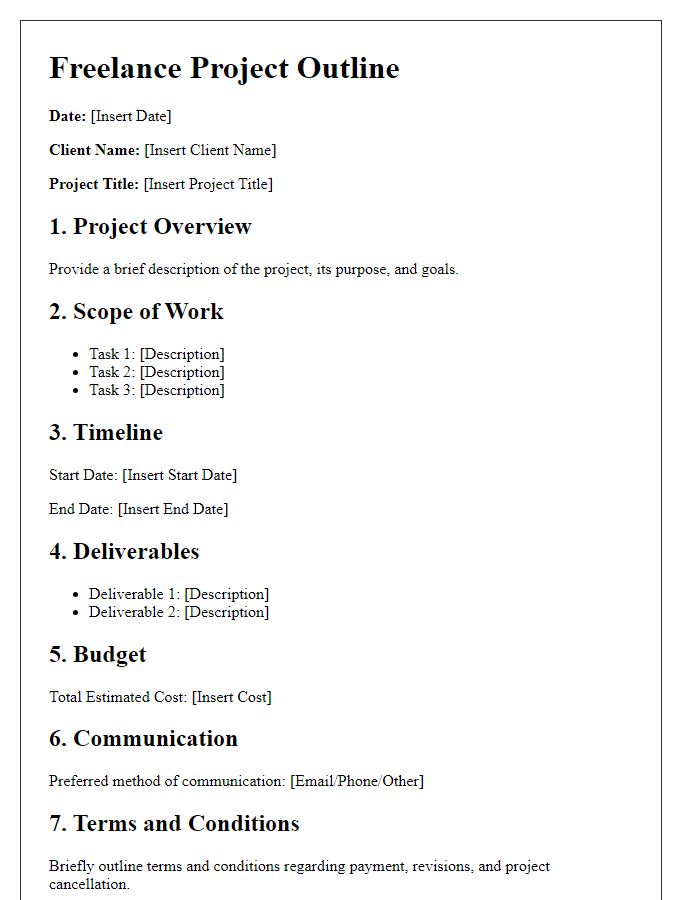
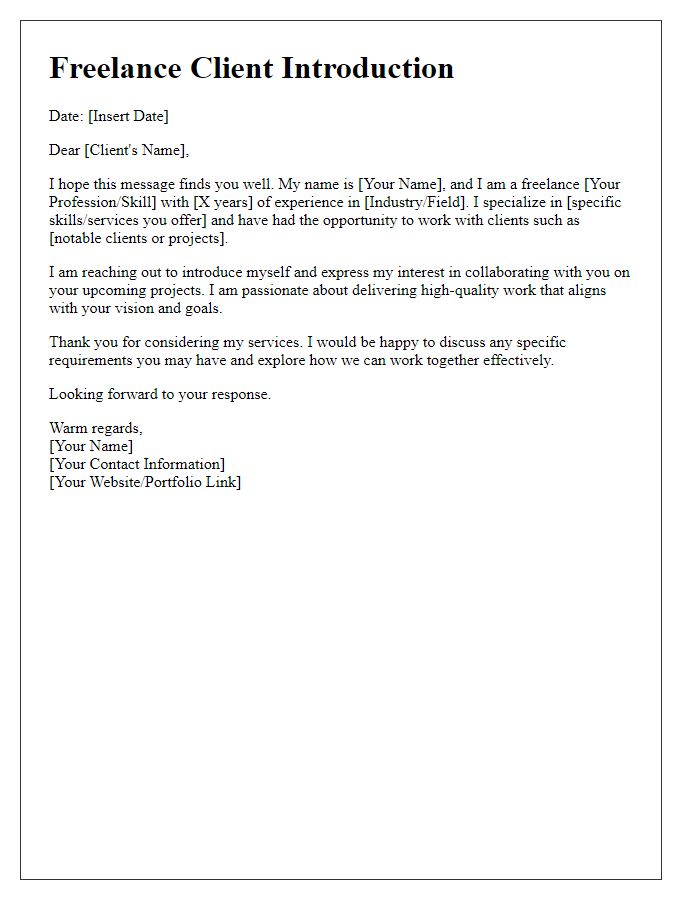
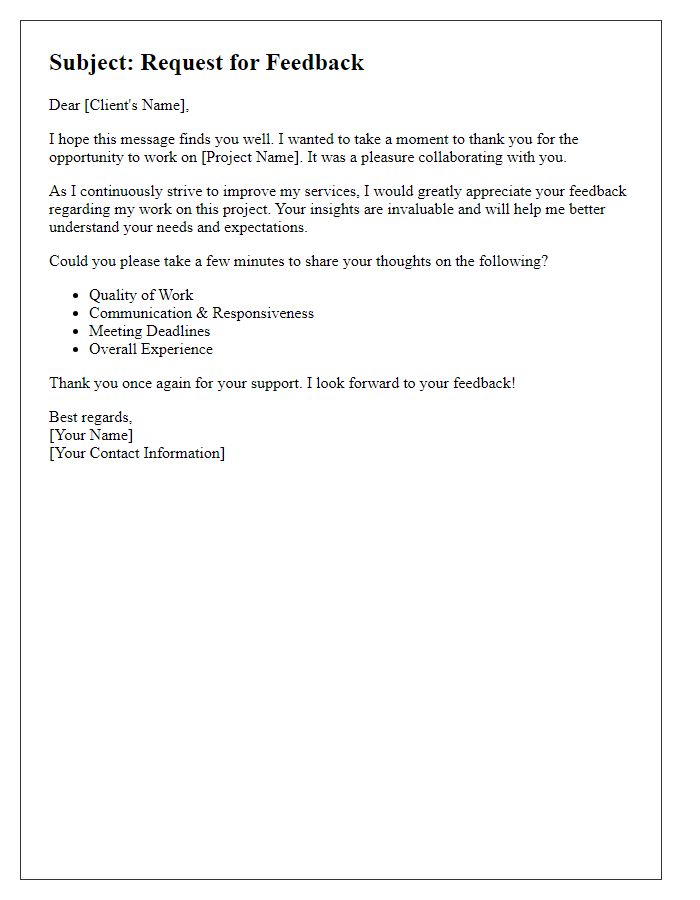
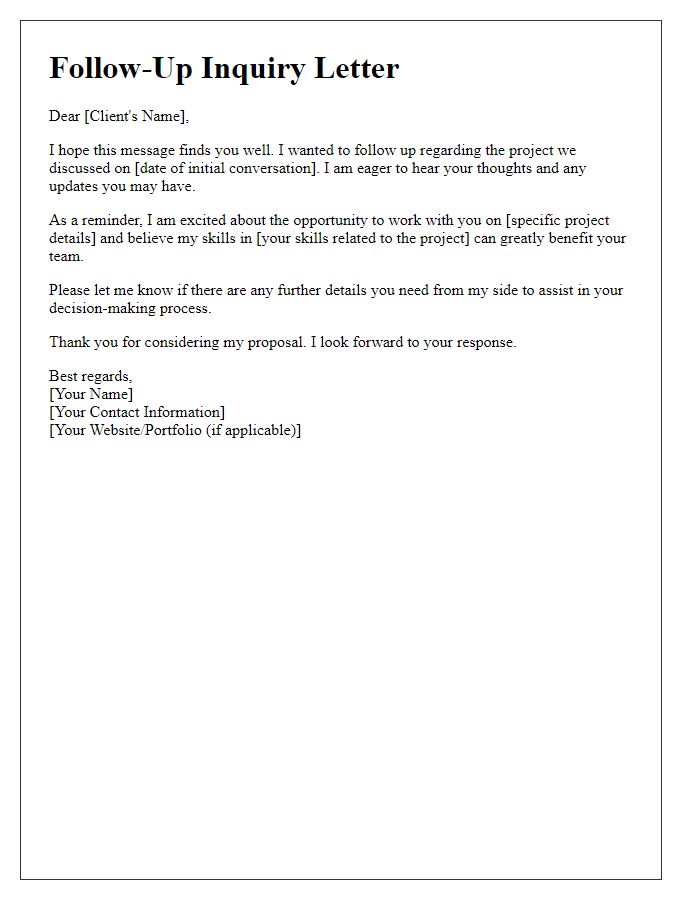


Comments